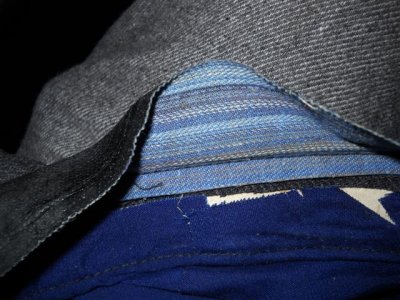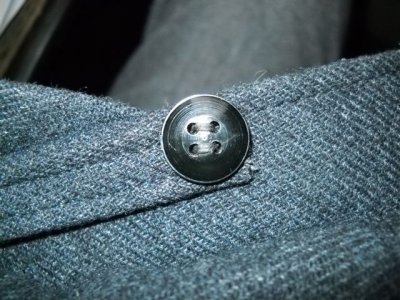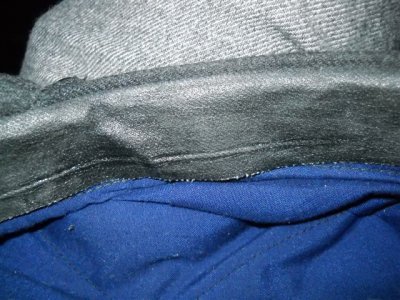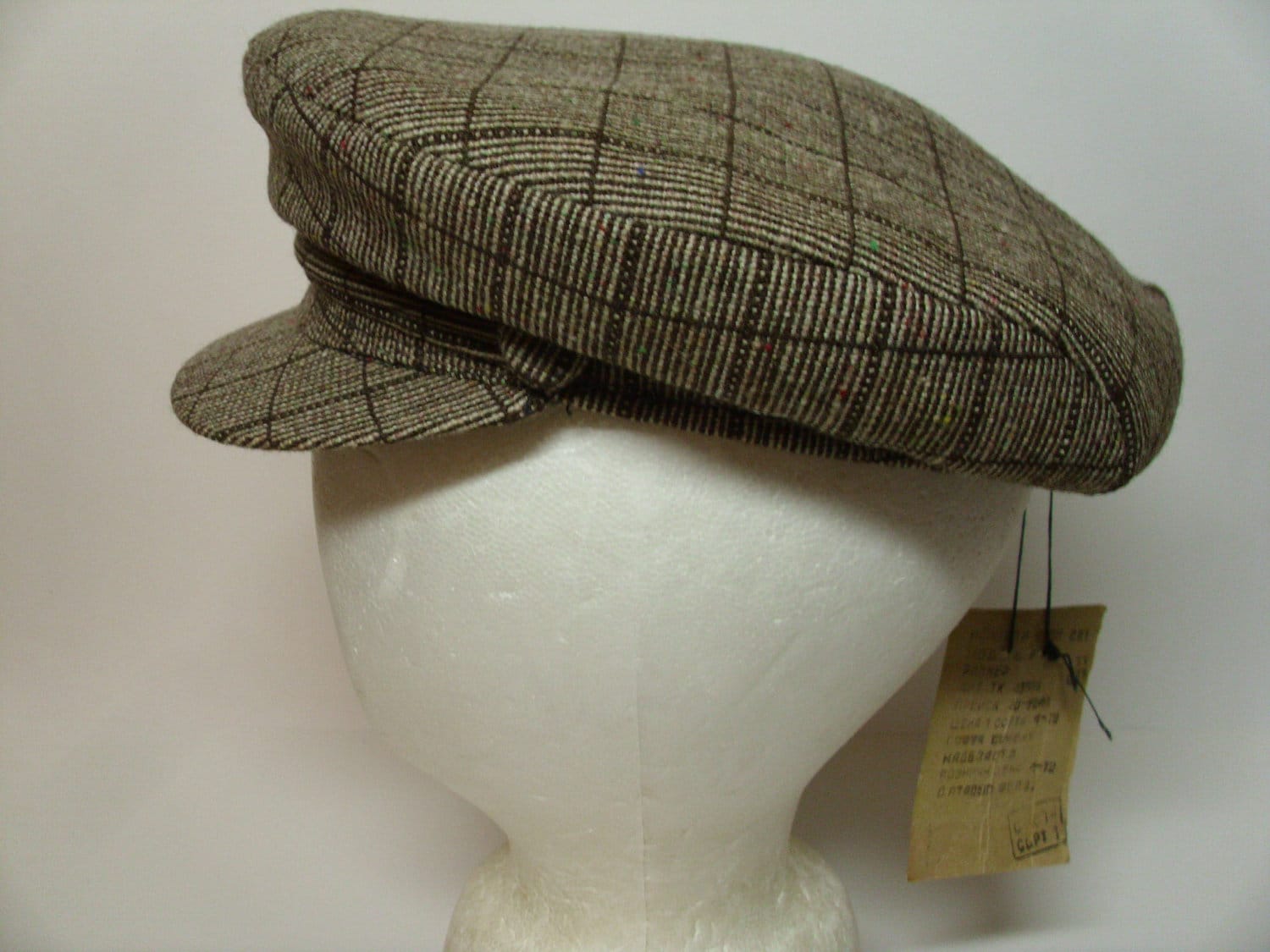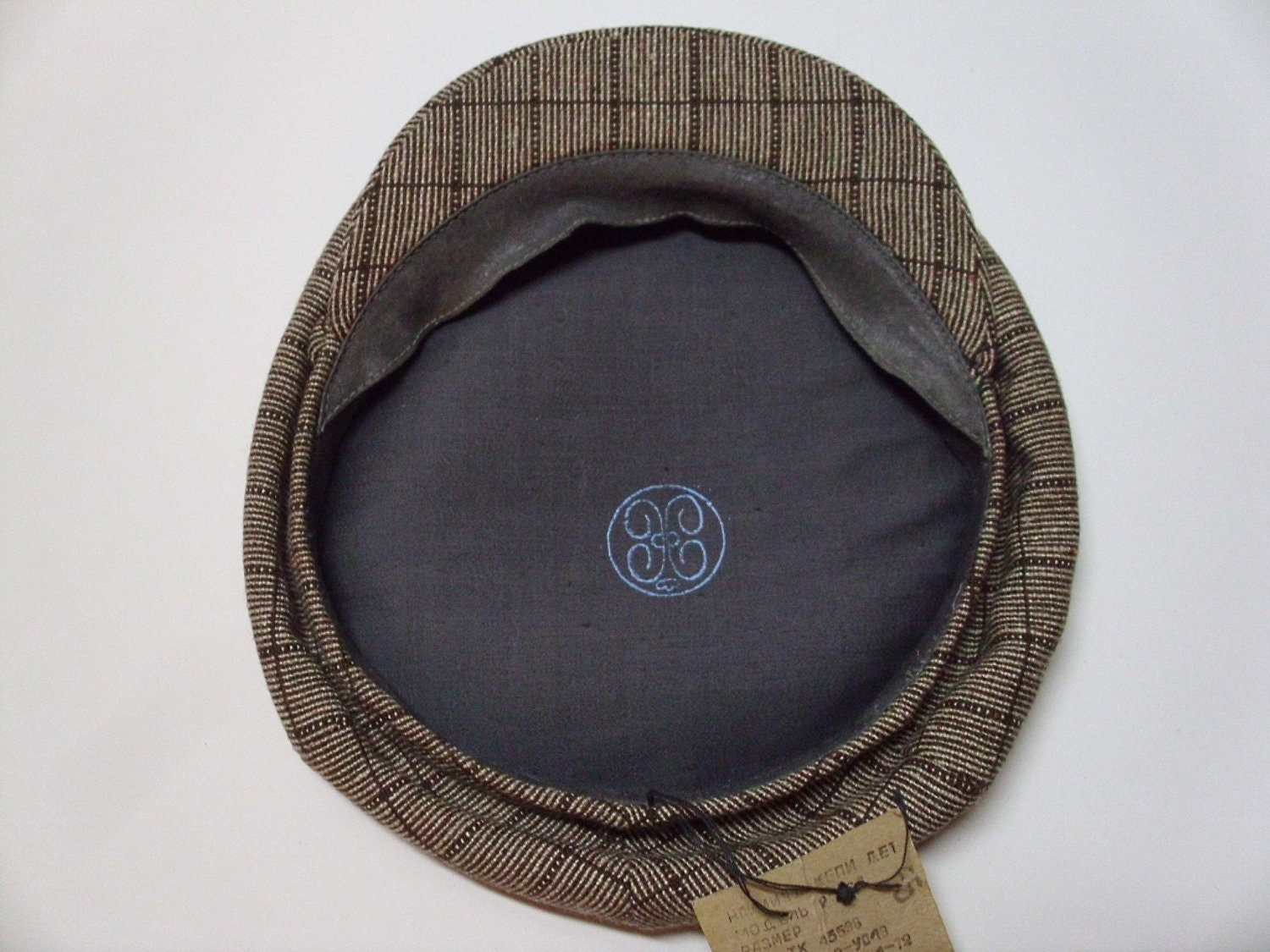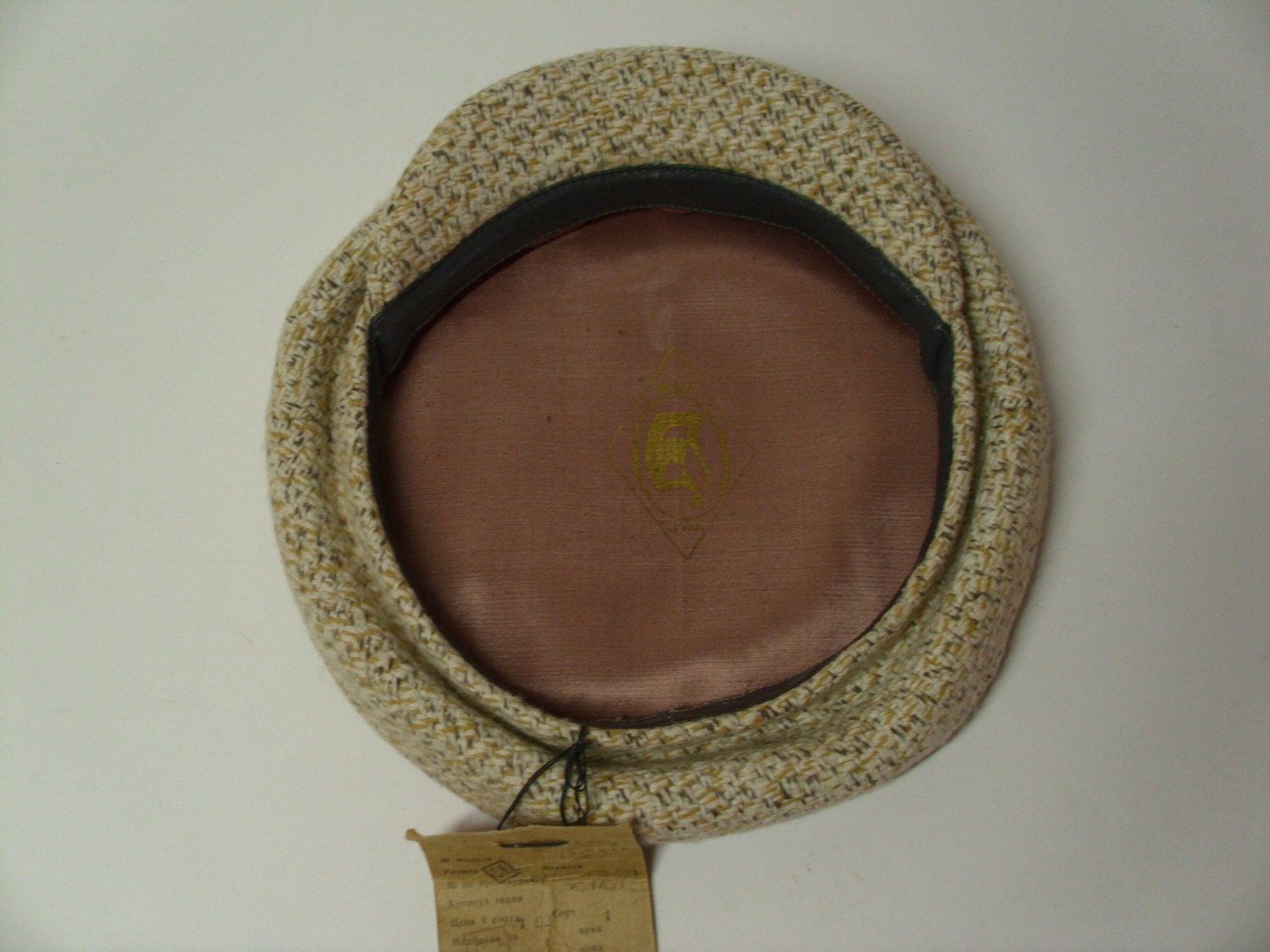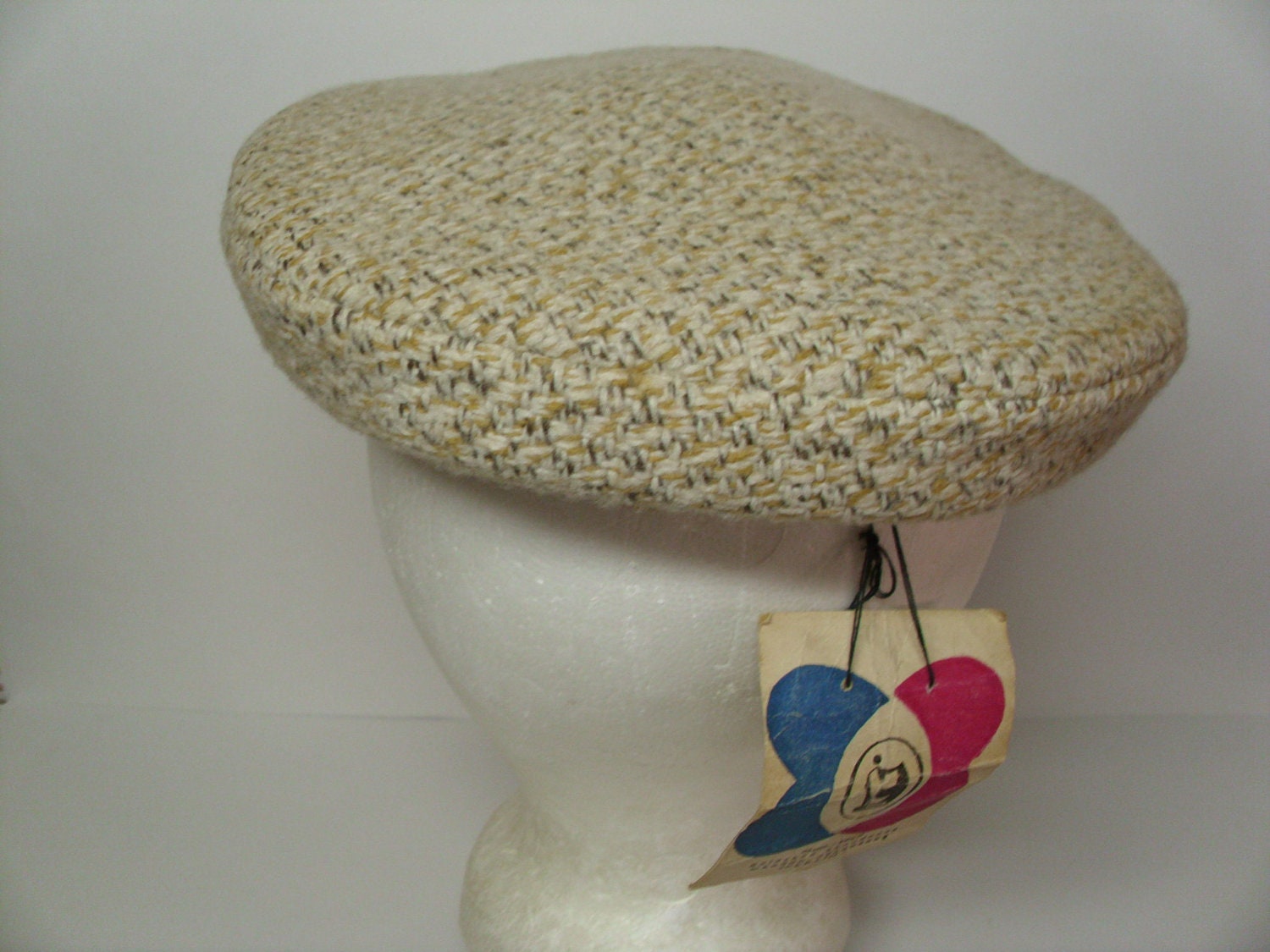nightandthecity
Practically Family
- Messages
- 904
- Location
- 1938
In UK menswear synthetic fibres didn’t really take off until around the mid-1950s. By the mid-1960s they were fairly common and widespread. But does anyone know whether synthetic fibres were extensively used during WW2 in Germany and occupied Europe? I’ve never really thought about this before, and I have little experience of WW2 European menswear, but it would make sense given the shortages.
The reason I ask is that I recently acquired a rather puzzling cap. It’s one of those European caps with side darts and a stiffened band that can be worn several different ways - with the crown straight it is a style much favoured by Communist leaders like Lenin and Thaelman - with the crown pulled back it has the look of a seaman’s cap (a style much favoured by central European workers). With the crown pulled down to the peak it becomes a fairly ordinary wide crowned flat cap.
This particular example appears to be French, and both the style and the label look 1920s-40s era. But the “wool” actually tests as a wool/synthetic blend and the lining is nylon. In the UK that would shout 1960s or later, but it crossed my mind it could be WW2 Euro-ersatz. There might be some support for this idea in that the stiffener in the band is cardboard - as is the label! Thoughts?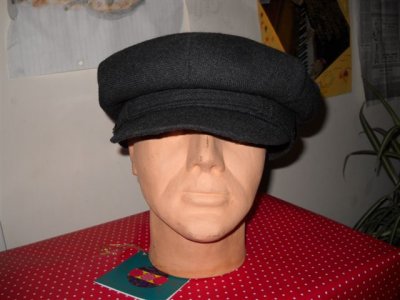
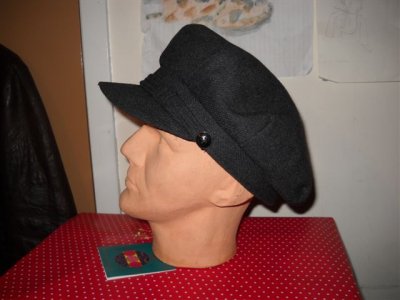
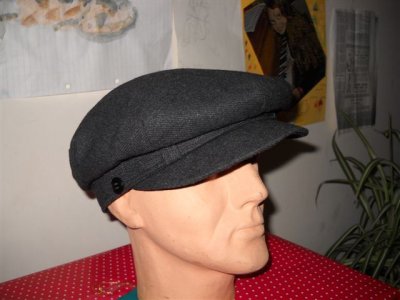
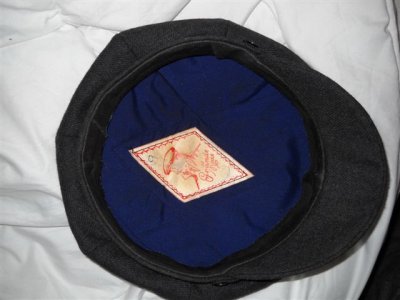
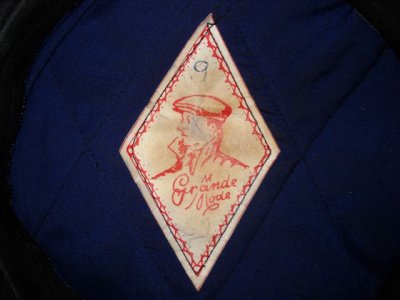
The reason I ask is that I recently acquired a rather puzzling cap. It’s one of those European caps with side darts and a stiffened band that can be worn several different ways - with the crown straight it is a style much favoured by Communist leaders like Lenin and Thaelman - with the crown pulled back it has the look of a seaman’s cap (a style much favoured by central European workers). With the crown pulled down to the peak it becomes a fairly ordinary wide crowned flat cap.
This particular example appears to be French, and both the style and the label look 1920s-40s era. But the “wool” actually tests as a wool/synthetic blend and the lining is nylon. In the UK that would shout 1960s or later, but it crossed my mind it could be WW2 Euro-ersatz. There might be some support for this idea in that the stiffener in the band is cardboard - as is the label! Thoughts?








